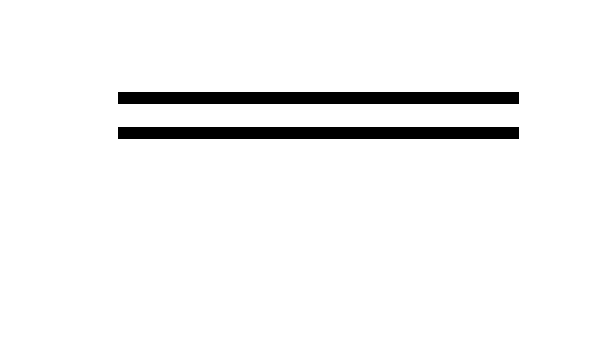Two parallel lines form angles with a transversal … ” Have you always heard this statement of Euclidean geometry and want to learn how it is demonstrated and what are its applications? You are in the right video lesson !
You have learned what parallel lines are and how they are defined, now you can learn the parallel lines theorem and some of its applications:
- Parallel lines theorem: what is the parallel lines theorem and what is the proof
- Parallel for a point to a line: what is the condition for constructing a line parallel to a given
- Inverse of the theorem of parallel lines: which is and which is the proof of the inverse theorem of parallel lines
- Properties of angles with parallel sides: what are the properties of angles with parallel sides and what they have to do with the parallel line theorem
Theorem of parallel lines
Parallel lines theorem:
“If two lines cut by a transversal form a pair of alternate internal congruent angles, then they are parallel.”
Parallelism criteria
More generally, we can say that two straight lines are parallel which, meeting a third line, form:
- alternate angles (internal or external) congruent, o
- corresponding congruent angles, o
- supplementary (internal or external) conjugate angles.
The following corollary derives from this theorem: “two lines perpendicular to the same line are parallel”.
Parallel for a point to a line
It is always possible, given a line r and a point P external to it, to construct another line passing through P and parallel to r.
To prove this theorem we draw a line and a point P outside the line. We then consider another transversal line, analyze the angles that are formed and use the parallel theorem to conclude the proof.
The uniqueness of this line is given by Euclid’s fifth postulate: “Given a straight line and a point outside it, the straight line passing through that point and parallel to the given straight line is unique.”
Inverse of the parallel line theorem
The inverse theorem of parallel lines: “if two lines are parallel, then they form with any transversal two alternate internal congruent angles.”
We prove the theorem by absurdity: suppose that the two angles considered are different, we apply the parallel theorem and we obtain a contradiction with Euclid’s fifth postulate.
More generally, we can say that if two lines are parallel, then they form with a transversal:
- alternate angles (internal and external) congruent
- corresponding congruent angles
- supplementary (internal and external) conjugate angles
From this theorem follow some corollaries:
- Given two parallel lines, if a line is perpendicular to one of them it is also perpendicular to the other
- Given two incident lines, the perpendiculars to these two lines are also incidents
- Two lines that are parallel to a third are parallel to each other
- Given two parallel lines, if a third line meets one of the two parallels then it also meets the other.
- Two lines a ′ and b ′, respectively parallel to two incident lines a and b, are also incidents. (It proves absurd!)
Properties of corners with parallel sides
Given two angles with two parallel sides and a straight line joining the two vertices, they are:
- agree the parallel sides that lie in the same part of the plane with respect to the line e
- the other sides disagree.
Theorem of angles with parallel sides
Two angles that have parallel sides are:
- congruent, if both parallel sides agree (or discord)
- if two parallel sides agree and the other two disagree
Let’s divide the proof into 3 cases:
- Case 1 is that of angles with concordant parallel sides, and we prove it with the theorem of parallel lines and by the transitive property of congruence.
- Case 2 is that of angles with discordant parallel sides, and we prove it with the theorem of parallel lines and applying the transitive property of congruence.
- Case 3 is that of two concordant parallel sides and two discordant parallels, which is proved by the parallel lines theorem.

